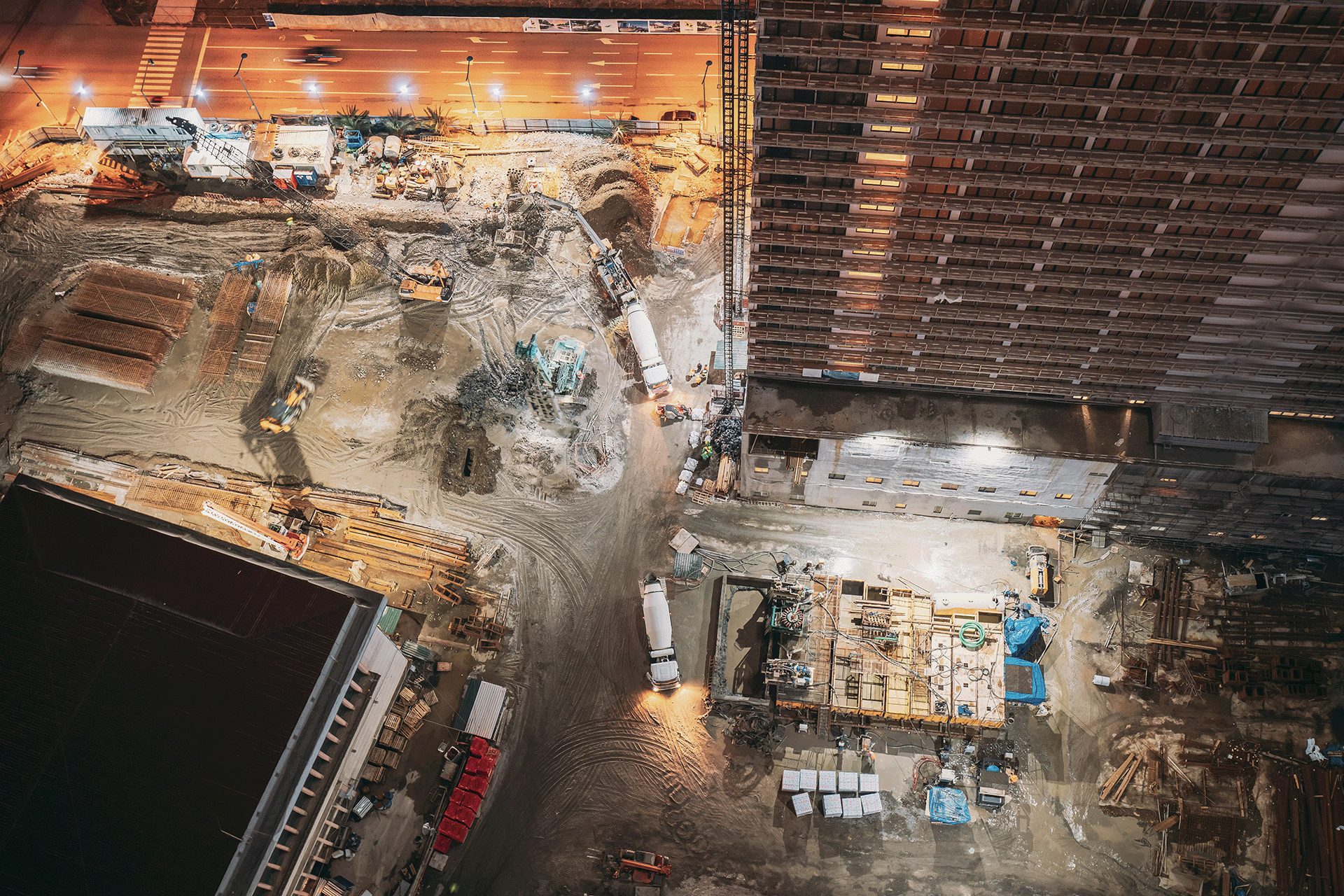Summary
Non-friable asbestos refers to asbestos-containing materials in which the fibres are firmly bound within a matrix (for example cement or resin), making them less likely to release airborne fibres under normal conditions. In land remediation, environmental consulting and development compliance, distinguishing non-friable from friable asbestos is critical for risk assessment, remediation strategy and regulatory compliance.
Definition
Non-friable asbestos is asbestos-containing material (ACM) in which the asbestos fibres are bonded or cemented and cannot be easily crumbled, pulverised or reduced to powder by hand pressure when dry.
Why It Matters
For environmental consultants, remediation specialists, developers and regulatory stakeholders in Australia, the term “non-friable asbestos” is highly significant because:
- It influences the risk profile of a site. Bonded/non-friable ACMs usually pose lower immediate fibre-release risk compared with friable ACMs, but they are not without hazard if disturbed, deteriorated or during demolition.
- It affects regulatory obligations and required licences. For example, under SafeWork NSW guidance, removal of over 10 m² of non-friable asbestos in NSW may require a licensed removalist.
- It drives the design of site investigation, remediation and validation workflows. Consultants such as Nova Group Pacific integrate non-friable asbestos assessment into contaminated land programs, soil and waste classification, and project compliance tracking.
- It affects the cost, timing and planning of redevelopment or land-use change projects. If bonded ACMs are present, the developer or site owner must factor in appropriate asbestos management or removal strategies to ensure project viability and avoid unexpected compliance issues.
When It's Required
Trigger conditions
You must consider non-friable asbestos when:
- Conducting a site assessment or due diligence on buildings constructed or altered prior to the bans on asbestos use (for example pre-1990s).
- Planning building refurbishment, demolition or major renovation works, especially with materials likely to contain asbestos cement sheets, vinyl asbestos tiles, roofing sheets, pipes, asbestos-cement pipes or cladding.
- Carrying out a contaminated land investigation or excavation where buried asbestos materials or legacy ACMs (non-friable) might be present in soil or fill.
- Developing or updating an asbestos management plan (AMP) or asbestos register for a facility, workplace or development site, which must treat non-friable ACMs differently to friable ones.
- Ensuring compliance with regulatory frameworks such as the Work Health and Safety Act 2011 (WHS Act) and associated codes of practice, for example the classification and removal of asbestos-containing materials.
Legislative context in Australia
In New South Wales, removal of non-friable asbestos over a threshold area requires a Class B licensed removalist; whereas any amount of friable asbestos requires a Class A licence.
The presence of non-friable asbestos in soil or land requires reporting and management under the Protection of the Environment Operations Act 1997 (POEO Act) where applicable.
How We Can Help
At Nova Group Pacific, we offer a full suite of services tailored to managing non-friable asbestos in development, remediation and compliance contexts:
- Asbestos surveys and ACP 5/ACP 7 testing to determine whether ACMs present on-site are non-friable or friable. See our Asbestos Management service page.
- Integration of non-friable ACM assessment into our broader Contaminated Land Assessment, Management & Remediation workflows and soil & waste classification programs.
- Preparation of asbestos registers, management plans and removal specifications aligned with WHS and EPA obligations.
- Licensed asbestos removal supervision, clearance certificates and validation reporting to support redevelopment or occupation.
- Use our free interactive tool: “Start with a smart compliance check: Scope your site requirements in minutes.” This will help you identify if non-friable asbestos (or other compliance triggers) apply to your site and what reports or services you need.
Contact our team of environmental scientists and occupational hygienists for expert guidance. Let us help you manage non-friable asbestos, reduce risk and keep your project compliant, on time and on budget.
Harnessing a clear understanding of non-friable asbestos helps you de-risk projects, meet compliance obligations and engage expert support with confidence. If you’re developing, remediating or managing a site with potential asbestos risk—get in touch with our team today.
Related Terms
To support your understanding of asbestos-related compliance and remediation, you may wish to explore the following glossary entries:

 Get Your Free Site Assessment
Get Your Free Site Assessment









 Get Your Free Site Assessment
Get Your Free Site Assessment









.png)

.jpg)









